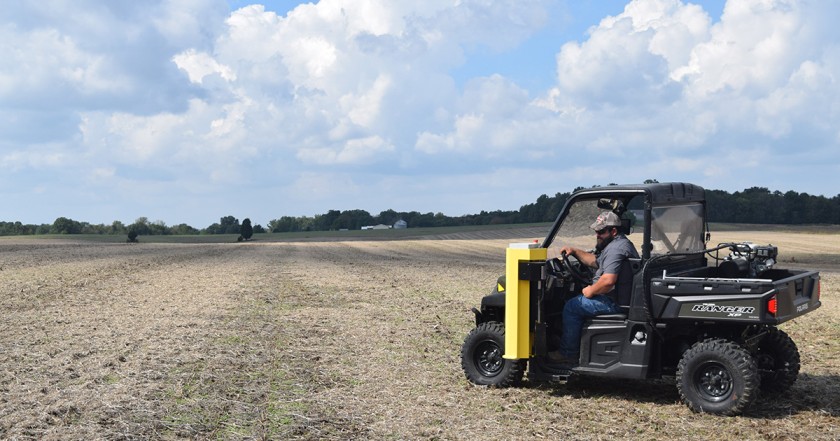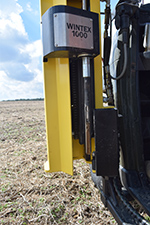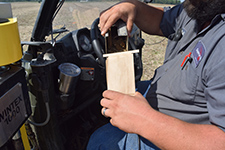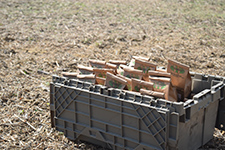Standard For Consistency & Accuracy

Soil sampling is one of the most important, but fundamental soil fertility management tools. The science behind soil analysis establishes a baseline inventory of the soil’s nutrient composition. Fall soil sampling provides an opportunity for growers to make soil amendments for optimal yield potential and to measures the soil’s key properties and fundamental nutrients.

Using this information to manipulate soil nutrient composition is what fertility management is all about.
The first step to managing soil fertility is to accurately and consistently collect soil samples for analysis. It is important for Superior Ag to follow certain recommended steps for soil sampling and testing to develop a fertility management program. To provide the best fertility recommendations to our growers we use each individual soil analysis to provide a customized recommendation to fit the grower’s fertility and economic needs while being good stewards of the land. Each recommendation is built to match phosphorus and potassium build levels to yield potential and maintaining optimal pH. Our recommendations are calculated using exclusive software that interpolate the recommendation maps with gradual smoothed rate changes unlike others which have dramatic sudden rate changes.

To ensure consistency & accuracy, standards must be set for performing soil sampling and testing. Here are some of Superior Ag’s guidelines:
- Each 2.5-acre sample is GPS recorded and is represented by 10-12 soil cores taken at a depth of 6 inches in a Zig-Zag pattern across the grids to provide a more constant and representative sample of your soil.
- Each soil core is also collected using an automatic soil-probes to improve depth consistency and accuracy of the soil cores
- Soil samples are then sent to a certified soil lab, which must pass multiple proficiency evaluations annually. Also, multiple quality assurance measures have been implemented at Superior Ag and the soil lab to ensure tracking and accuracy of the soil sample and the fertility results.

Don’t let your soil’s fertility limit your crop from its full yield potential. These best practices can help you manage your soil fertility and place nutrients where they will maximize your ROI.
